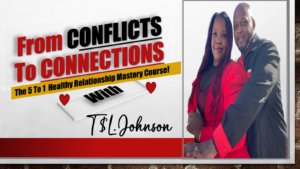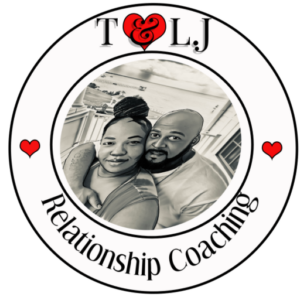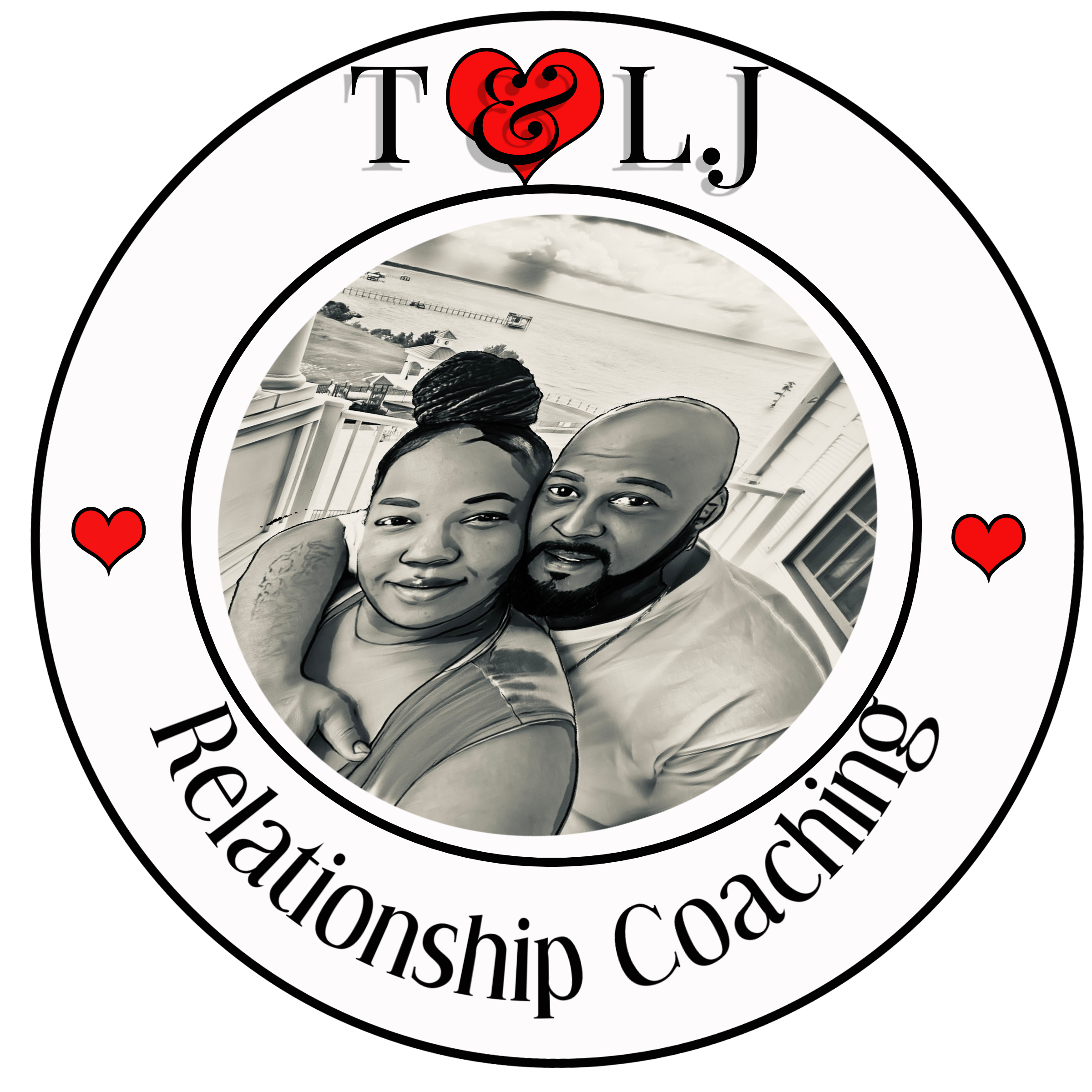Understanding Communication Styles
Identifying Your Style
So, let me tell you, figuring out how you communicate is like peeling an onion—there’s always another layer. I’ve spent a good chunk of time digging into my style because it defines how I engage with others. Are you the type to express your feelings openly, or do you keep them bottled up? Recognizing your unique style is the first step to improving how you relate to your partner.
Over the years, I’ve seen that when I identify my style—whether I’m the storyteller or the analytical listener—it helps me understand my partner’s communication. Sometimes, we may misconstrue their efforts because we haven’t taken a moment to comprehend where they’re coming from.
So, take a moment and think: how do you usually express yourself? Are you direct or do you dance around your feelings? Understanding your communication style lays the groundwork for a healthier relationship.
Adapting to Your Partner’s Style
Once you’ve nailed down your style, it’s time to adapt to your partner’s. You know, this part can feel a bit daunting, but trust me, it’s worth the effort. I remember my initial struggles trying to adjust to my partner’s more reserved, analytical way of communicating. At first, I was frustrated, feeling like I was talking to a wall!
But then, I learned the magic of patience and active listening. I started to ask open-ended questions and give space for responses. And wow, things shifted. It became a dance; I began to appreciate their calm approach while they understood my expressive side. It made communication smoother and built a deeper emotional connection between us.
So, if you want to strengthen your relationship, be flexible. Embrace the differences in your communication styles. It might take some practice, but the rewards are totally worth it.
The Power of Non-verbal Communication
Now, let’s chat about non-verbal cues. You’d be surprised how much we talk without saying a word. I often find that my body language or even my tone of voice can reveal so much more than my actual words. Have you ever felt a disconnect between what someone says and how they say it? Yeah, that’s the non-verbal stuff screaming for attention.
Consider this: Every little gesture, eye contact, or even the distance we keep can convey messages to our loved ones. When you’re having a conversation, don’t just focus on the dialogue; pay attention to your partner’s body language too. Are their arms crossed, or are they leaning in? These signals can tell you a lot about how they’re feeling in that moment.
Being aware of this and adjusting your own non-verbal cues can kick your communication game up a notch. It’s all about creating a vibe that feels open and honest. So next time you’re chatting, throw in some positive body language and see how it changes the dynamic!
Active Listening and Its Impact
What is Active Listening?
Let me share something that transformed my relationships: active listening. This isn’t your run-of-the-mill listening where you nod along while thinking of a comeback. No, active listening is about tuning in, letting your partner know that their thoughts and feelings matter. It’s this magic trick that brings people closer, and I learned that the hard way!
When I started practicing active listening, things shifted dramatically in my conversations. Instead of just waiting for my turn to speak, I was genuinely engaged—reflecting on what my partner was sharing, asking clarifying questions, and really absorbing their emotions. It opened doors to deeper connections.
If you’re looking to communicate more effectively, make it a habit to practice active listening. It’s a real game-changer in building trust and understanding in your relationship.
Enhancing Empathy through Listening
Empathy is the cornerstone of effective communication, and active listening boosts that empathy meter! By focusing genuinely on what your partner is saying, you start to see things from their perspective. I remember a time when I was caught up in my busy schedule, and my partner needed my attention. I made the effort to listen, and it opened my eyes to their frustrations.
I learned to validate their feelings simply by acknowledging what they were going through. It made them feel seen and heard, fostering an atmosphere where they could communicate openly. Feeling understood encourages your partner to lower their guards, making way for a more authentic connection.
So, next time you’re having a heart-to-heart, lean into it with empathy. You’ll be amazed at how it transforms your communication and relationship dynamics!
Effective Feedback Techniques
Giving and receiving feedback can be a tricky thing in relationships. When I first started, I struggled; I often came off as abrasive when all I wanted was to help. So, I took a step back and learned that constructive feedback should come from a place of love and understanding.

Instead of launching into what I thought was wrong, I learned to express my feelings using “I” statements, like, “I feel overwhelmed when…” This helped diffuse tension and turned potentially confrontational conversations into constructive discussions.
Always aim to provide feedback that encourages growth, while also being open to receiving feedback without getting defensive. It’s a two-way street that requires mutual respect and understanding!
Keeping Communication Open and Ongoing
Cultivating an Environment of Openness
Imagine a relationship where both partners feel safe to express anything and everything! That’s the kind of vibe we should strive for. I’ve made it a priority to cultivate an environment of openness in my relationships by being transparent about my feelings and encouraging my partner to do the same.
This means creating specific times for deeper conversations. Whenever I sense something isn’t quite right or I’m feeling a certain way, I approach it with kindness. Setting aside moments just to check in on each other is key! It demonstrates investment in the relationship and reinforces that both partners’ feelings matter.
Always ask open-ended questions to invite conversation and share your own feelings in return. Initiative can help remove any walls that may have built up over time.
Regular Check-ins for Connection
Speaking of check-ins, I recommend making it a regular thing! Regular check-ins have become my secret weapon for keeping communication flowing. These are opportunities for me and my partner to catch up on our emotional well-being and share any issues or concerns we might be facing.
It’s all about taking that time to sit, unwind, and connect. Maybe I’ll suggest a casual coffee date at home or a nightly wind-down chat. It doesn’t have to be lengthy; even 15 minutes can create significant impact. Trust me, this simple practice has transformed how we communicate and foster a stronger emotional bond.
Remember, the key is to make check-ins about understanding each other, not diving into problem-solving mode right away. Approach these moments with openness and willingness to hear your partner’s perspective.
Being Mindful of Timing
Lastly, timing is everything! There’s nothing worse than bringing up serious topics during stressful or inconvenient times. I’ve tripped up on this one too many times. When my partner’s stressed with work, throwing in a heavy emotional discussion isn’t going to yield the best results.
I’ve learned to be more conscious of the timing of my conversations. It’s essential to gauge your partner’s mood and pick the right moment to bring up something significant. This could be during a relaxing evening or when you’re going for a leisurely walk. Choose moments that promote openness and a deeper connection.
Minding the timing ultimately sets the stage for more meaningful and productive conversations. They deserve your undivided attention, right?
FAQ
What is the main idea behind the article?
The article emphasizes that communication is the heartbeat of a relationship, detailing how understanding communication styles, practicing active listening, and maintaining an open dialogue are essential for a strong connection.
How can I improve my active listening skills?
You can enhance your active listening by focusing entirely on the speaker, asking open-ended questions, and reflecting back what you hear to confirm understanding. It’s all about being engaged and present!
What should I do if my partner and I have different communication styles?
Don’t stress! This is pretty common. Take time to understand each other’s styles and adapt accordingly. Be patient and practice empathy to bridge the gap between your different ways of communicating.
Why is non-verbal communication important?
Non-verbal communication can express more than words can. It involves body language, tone of voice, and facial expressions that can indicate feelings or attitudes. Being attuned to these cues helps deepen understanding in communication.
How can regular check-ins benefit a relationship?
Regular check-ins create opportunities for both partners to express thoughts and feelings in a safe environment. They foster a sense of investment in the relationship and enhance emotional intimacy.

Schedule Your First 20-Minute Coaching
Call With Us Today to see if we fit . You pick the price!
Click Here





